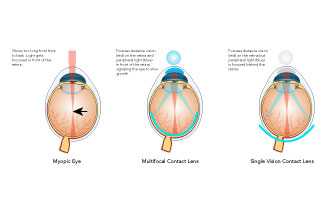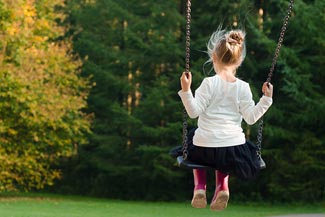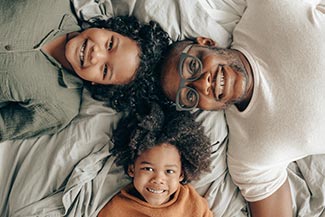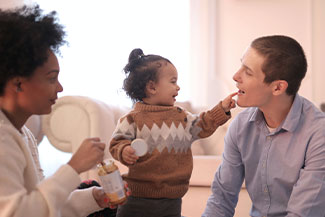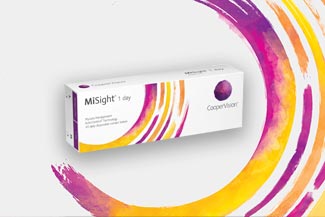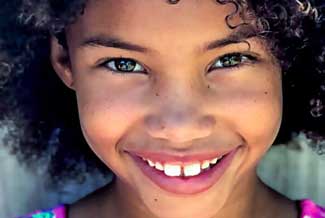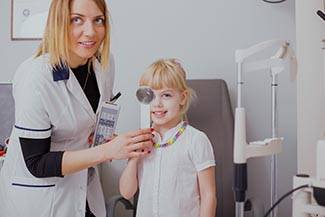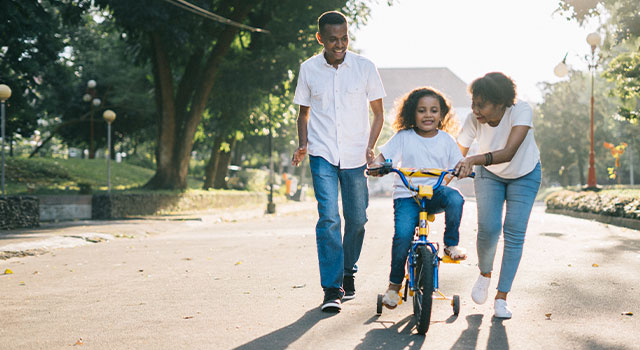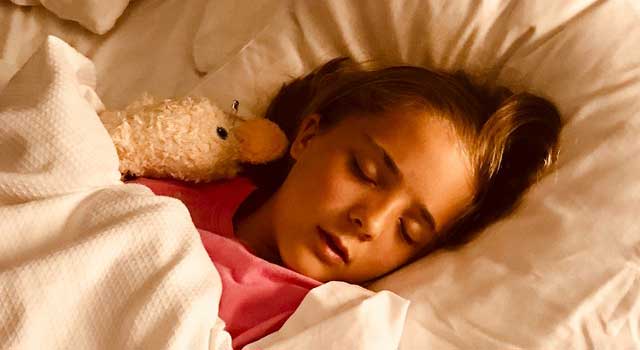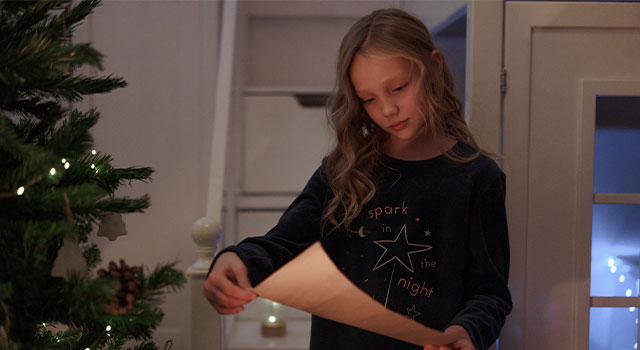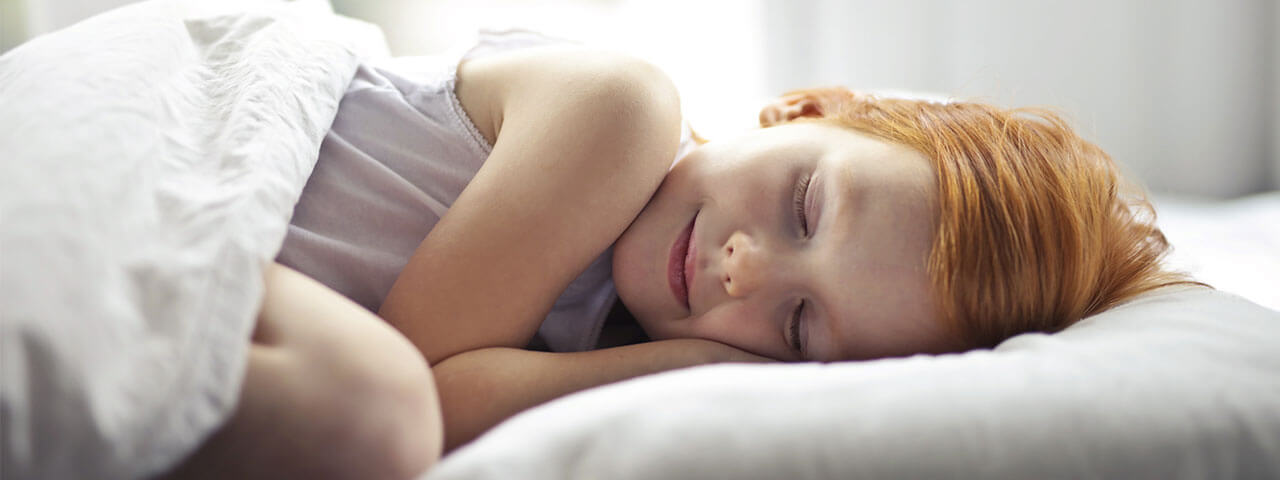
Ortho-K, the Safe Way to Sleep in Contact Lenses
What is Ortho-K?
Sleeping without first removing one’s contact lenses is unhealthy. Doing so can cause infections, corneal abrasions, corneal ulcers — even a loss of vision.
The contact lenses used in orthokeratology (ortho-k) therapy are the exception. In fact, they are supposed to be slept in. That’s the whole point.
To slow down the progression of myopia (nearsightedness), optometrists prescribe customized ortho-k lenses to children and teens. The lenses, which are inserted at night and removed in the morning, temporarily reshape the cornea. It’s the optical equivalent of the retainer or bite plate that your children might wear to bed at night to keep their teeth straight.
Our optometric team will prescribe ortho-k lenses to provide clear, unimpaired vision throughout the day. This enables your child to see clearly, swim and play sports each day without wearing contact lenses or glasses.
Why is Ortho-K an Important Solution to Myopia?
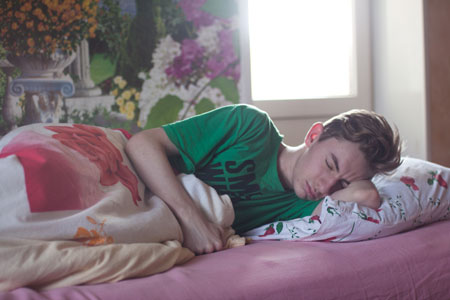 Ortho-k is the go-to strategy for children and teens with myopia, first because their eyes have not fully developed, and second, because longer-term solutions like LASIK surgery aren’t an option at this age.
Ortho-k is the go-to strategy for children and teens with myopia, first because their eyes have not fully developed, and second, because longer-term solutions like LASIK surgery aren’t an option at this age.
Myopia occurs when the axial length of the eyeball becomes elongated. The elongation causes light to land in front of the retina rather than directly on it. The result is that while nearby objects remain clear, farther-away objects appear blurry.
Glasses and contact lenses allow you to see clearly, but after a few months, the myopia may worsen as the length of the eye continues to elongate. This requires a visit back to the optometrist for an updated prescription for stronger glasses.
Ortho-k lenses provide a solution to this cycle of worsening myopia by slowing down or even stopping this unnatural growth of the eye.
More is at stake than correcting vision: People with moderate (-3.25 to -5.00 D) and high myopia (greater than -5.00 D) have a significantly higher risk for vision-threatening conditions as cataracts, glaucoma, retinal detachment and myopic macular degeneration later in life.
More than a quarter of the world’s population now has myopia, and half of all people are expected to have myopia by 2050. This is a vision epidemic that is worsening. Children whose parents have myopia, and those who spend most of the day indoors staring at smartphones, TVs, or tablets, are at higher risk.
When a Child with Ortho-K Sleeps Safely, Parents Sleep Soundly
Ortho-k utilizes rigid gas permeable lenses that allow oxygen to reach your child’s eyes so that the eyes remain healthy. Ortho-k lenses safely and effectively work while your child sleeps, temporarily providing clear vision during your child’s waking hours, and slowing the progression of myopia.
As long as your child handles the lenses according to the instructions of Dr. Harold Ashcraft and observes hygiene protocols when using them (washing hands first, using only the designated solutions to clean and rinse the lenses, etc.), ortho-k lenses can be safely used.
Dr. Harold Ashcraft will answer any questions you have about ortho-k. If you decide to proceed, Dr. Harold Ashcraft will conduct a thorough eye examination, fit your child with customized lenses, and manage the entire process.
Our practice serves patients from Los Angeles, Westchester, Inglewood, and Playa Del Rey, California and surrounding communities.
References:
